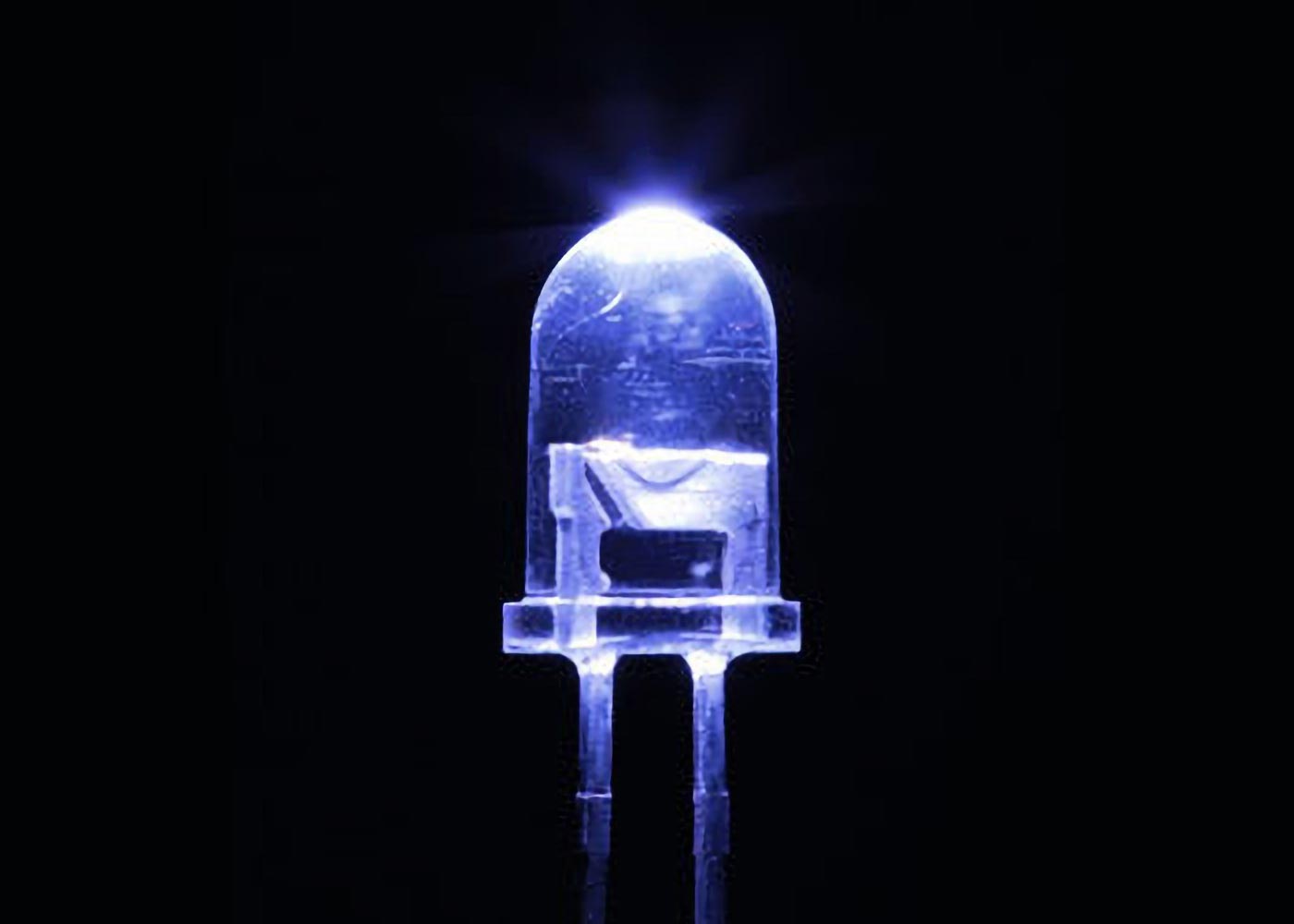Figura 1: A maioria dos LEDs emite luz visível, mas os físicos da RIKEN criaram um LED que emite em uma região estreita em raios ultravioleta distantes e é seguro para humanos, mas fatal para vírus e bactérias. crédito: RIKEN
Uma poderosa lâmpada LED pode desinfetar superfícies com eficiência, mantendo as pessoas seguras.
Os físicos da RIKEN projetaram uma lâmpada LED altamente eficiente que é antimicrobiana e antiviral, mas segura para humanos. Um dia, poderia ajudar os países a emergir das sombras das epidemias matando patógenos em salas cheias de pessoas.
As lâmpadas germicidas ultravioletas são altamente eficazes para matar bactérias e vírus. Na verdade, eles são usados rotineiramente em hospitais para esterilizar superfícies e instrumentos médicos.

Masafumi Jo e dois colegas de trabalho projetaram uma lâmpada LED que ajuda a proteger a sociedade de epidemias. crédito: RIKEN
Lâmpadas deste tipo podem ser criadas usando LEDs, o que as torna energeticamente eficientes. No entanto, essas luzes LED produzem luz ultravioleta em uma faixa que é prejudicial[{” attribute=””>DNA and therefore cannot be used around people. The search is on to develop efficient LEDs that shine light within a narrow band of far-ultraviolet light that appears to be both good at disinfecting while remaining safe for people.
Germicidal LED lamps that operate in the absence of humans are often made from aluminum, gallium, and nitrogen. By increasing the amount of aluminum they contain, these LEDs can be modified to work in a wavelength region that is safe for humans. This approach has been used before but has resulted in dramatically reduced power.
To work through this issue, three physicists at RIKEN Quantum Optodevice Laboratory, Masafumi Jo, Yuri Itokazu, and Hideki Hirayama, created an LED with a more complex design. They sandwiched together multiple layers, each containing slightly different proportions of aluminum. In addition, in some layers they also added tiny amounts of silicon or magnesium.
This effectively created an obstacle course for electrons, hindering their movement across the material and trapping them for longer in certain areas. This resulted in an increased amount of light emitted by the device and a reduced amount absorbed by it.
The team used computer simulations to model all possible effects to help pin down the ideal design. “We then grew samples to see if it was effective or not,” Jo says. Precisely controlling the thickness of each layer was the biggest experimental challenge. They ended up with an LED operating in the far ultraviolet, with an output power almost ten times higher than their previous best.
The COVID-19 pandemic brought a new consciousness of the importance of being able to eradicate viruses and microbes on surfaces. “We trust that our findings and technologies will be very useful for safeguarding society against this and future pandemics,” says Jo.
Jo adds that the trio will strive to improve their LED’s performance even further. “There’s still much room for improvement in the output power and the power efficiency,” he notes.
Reference: “Milliwatt-power far-UVC AlGaN LEDs on sapphire substrates” by Masafumi Jo, Yuri Itokazu and Hideki Hirayama, 25 May 2022, Applied Physics Letters.
DOI: 10.1063/5.0088454

“Criador. Viciado em mídia social que gosta de hipster. Fã da web. Fanático por álcool apaixonado.”











More Stories
A Boeing pode não conseguir operar o veículo Starliner antes que a estação espacial seja destruída
Vivendo com ansiedade: conselhos de especialistas sobre como aceitar um problema de saúde mental
Nova pesquisa sobre uma enorme falha de impulso sugere que o próximo grande terremoto pode ser iminente